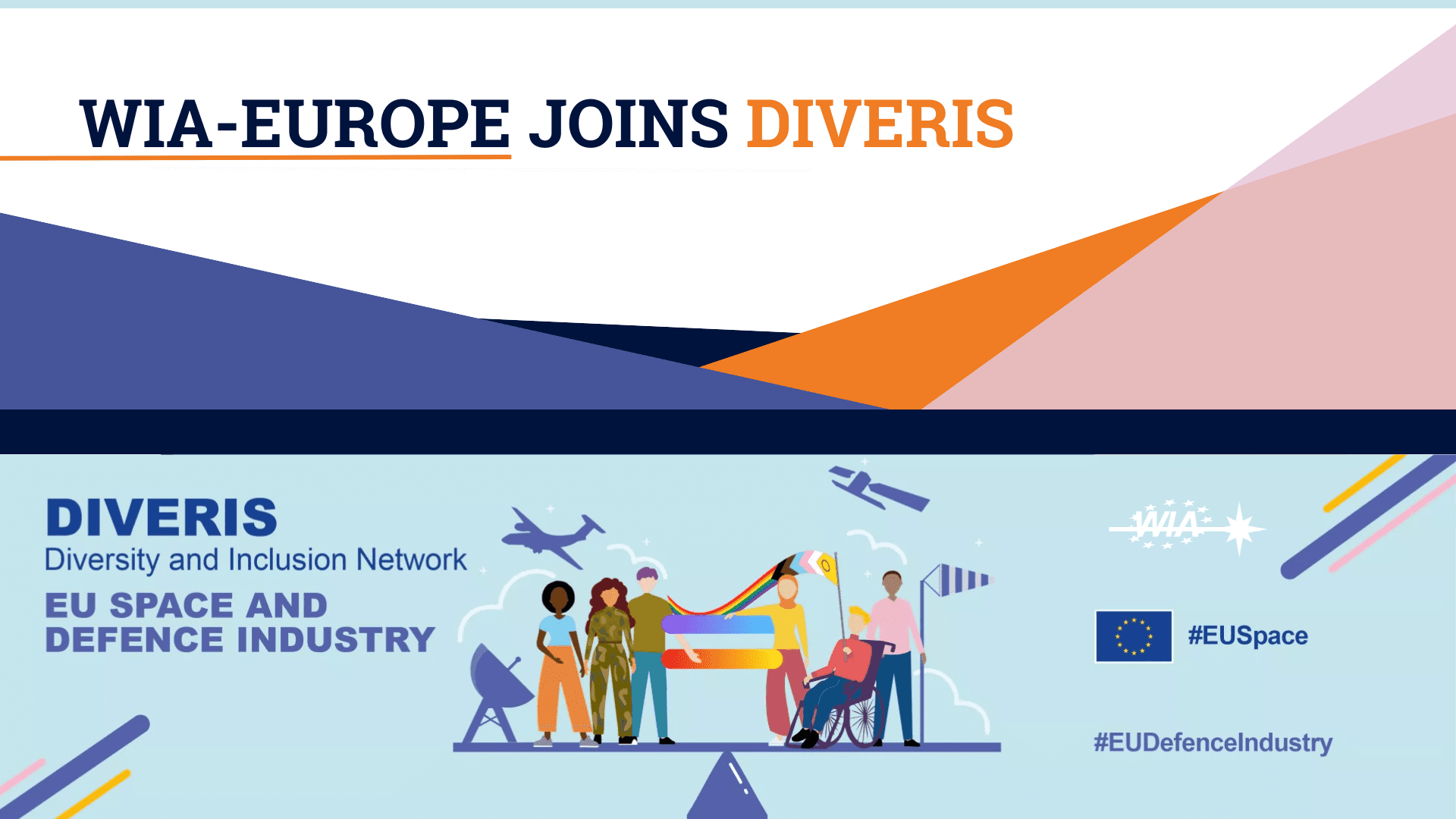Research Spotlight
The WIA-E board has appointed Paola Belingheri as Director of Research. The Director will provide the European aerospace community with insights on gender inequalities and gaps in the workforce, the contributing factors and effective solutions to improve women’s representation at all levels.
In each newsletter, we will therefore have a spotlight on an issue with women in the workforce and a discussion of what has been discovered by researchers. In the next few newsletters, we will tackle what it takes to create and maintain a healthy pipeline of women in the aerospace sector.
The Myth of the Pipeline
Research has amply shown that having a gender-diverse workforce leads to better performance of teams and ultimately firms. However, gender equality is still not achieved and progress is slow. One of the most heard arguments that companies bring forward when confronted with the lack of women in their ranks or boards is that there is not enough pipeline and that if only they could find the *right* women they would gladly hire or promote them. Research has however shown that the so-called pipeline problem isn’t entirely independent from the companies themselves. It is multi-faceted and involves several different steps which pose challenges that are tricky to overcome for many different reasons. Some reasons can be directly controlled by firms, others are in the hands of society and policy-makers, but all are interesting to examine for those interested in contributing towards gender equality.
The pipeline is made up of several different steps:
– – STEM and higher education to create an initial group of women with the qualifications required to apply to a certain field and job class
– – Job advertisement and application which should be able to attract a diverse set of candidates with the required skills for the advertised position
– – Hiring the best candidate irrespective of gender or other diversity characteristics
– – Retention of candidates, ensuring they are comfortable in the work environment and can have a good work-life balance
– – Appraisal and promotion of diverse profiles to ensure a balanced representation of diverse candidates at all levels of the company hierarchy
In the next few newsletters I will be highlighting interesting and sometimes counter-intuitive research identifying the pitfalls that need to be overcome in each of these phases, as well as attitudes and issues that impact more than one phase.
The first necessary step in ensuring a pipeline of women entering a specific field is to have the proper gender balance in higher education, in the case of aerospace especially in STEM-related fields. This will ensure that there is a talent pool that can apply to specialised and technical jobs, as well as managerial and financial ones.
It’s however a less-known fact that the more a country becomes wealthy and gender-equal, the less women have incentives to study STEM subjects, particularly inorganic sciences such as physics and mathematics. This so-called gender-equality paradox, studied by the university of Missouri, happens for two reasons. First, women are on average better in reading and literature than they are at sciences. This doesn’t mean that women are less good at sciences than men! Instead, researchers have found that while on average women are as good as men in scientific subjects, they are on average more capable than their male counterparts in non-scientific subjects. In addition to this, because in more gender-equal societies women are more comfortable in choosing a career according to their personal inclinations or favourite subjects, rather than in the fields that will give them a good salary or better job opportunities, they will spread themselves out between scientific and non-scientific fields. Instead, in countries where less employment opportunities exist or women have less opportunities in society, STEM subjects can really make a difference in a woman’s life and therefore also tend to attract proportionately more women.
This has implications as WIA-E and other associations strive to make our societies more gender equal. It means that as the gender balance straightens out, even more active efforts will have to be made towards encouraging women to enter STEM fields and to feed the pipeline, which is needed to keep a balance in the aerospace sector.
Research has also shown that how women perform in STEM related subjects is closely linked to how society perceives their capabilities in these sectors, and therefore we as aerospace professionals need to work hard to provide role models to younger women in our communities.
Further reading:
Revealed: The worst explanations for not appointing women to FTSE company boards: https://www.gov.uk/government/news/revealed-the-worst-explanations-for-not-appointing-women-to-ftse-company-boards
Does Gender Equality result in Fewer Female Grads?: https://www.futurity.org/women-stem-grads-gender-equality-1681122/
Are you interested in volunteering to contribute to our original research? Please contact research@wia-europe.org


